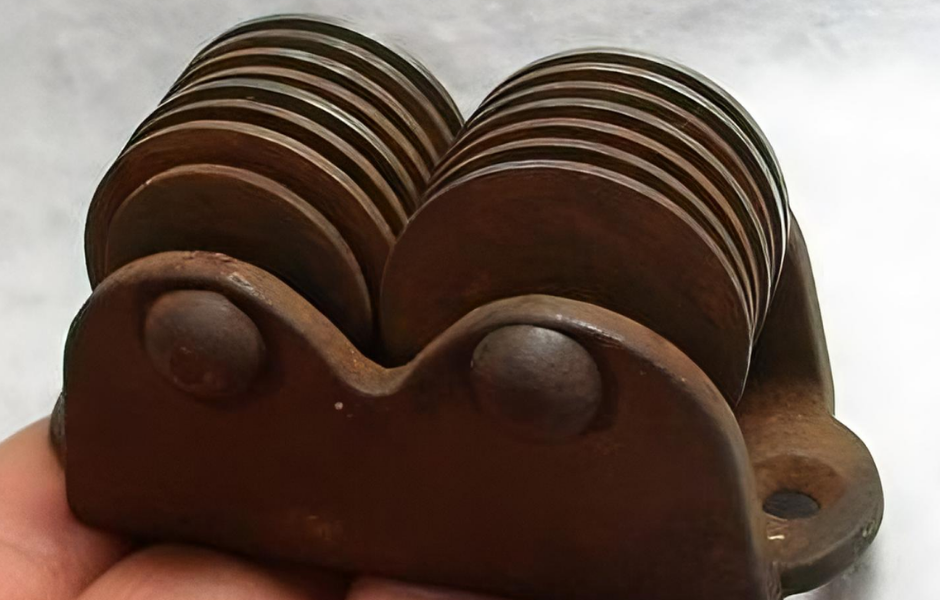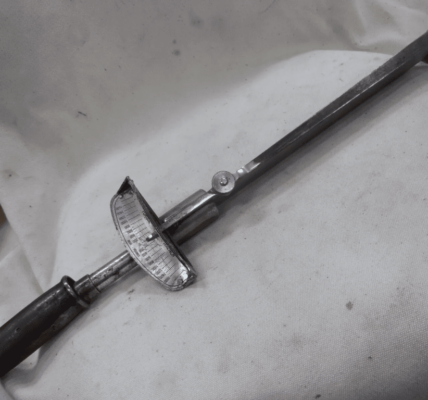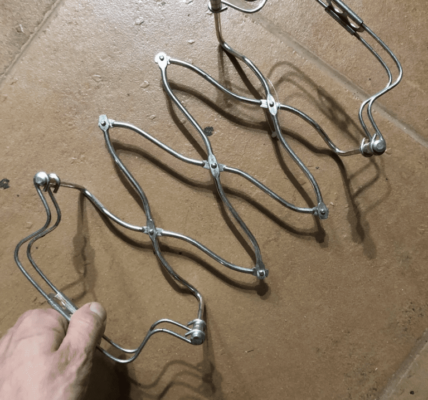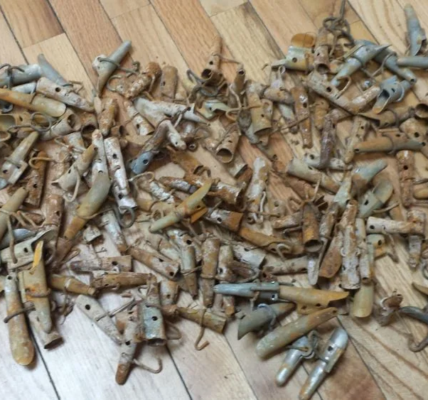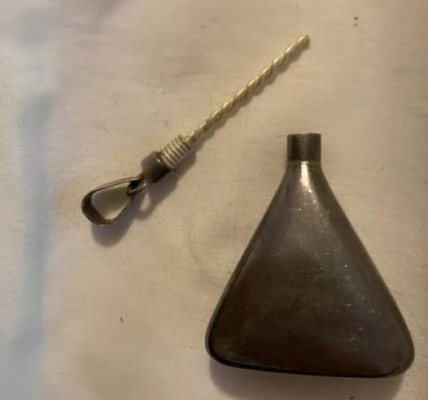In today’s world of high-tech kitchen gadgets, some tools have quietly maintained their place as indispensable culinary companions. Among them, the humble knife sharpener stands as a timeless hero in any well-equipped kitchen. Whether you’re an avid chef or a home cook, having a sharp knife can transform your cooking experience, and a quality knife sharpener is the key to keeping your blades in top condition.
Why a Knife Sharpener is Essential for Every Kitchen

Imagine a cozy kitchen filled with the aroma of freshly prepared food, where the clinking of pots and the rhythmic chopping of vegetables fills the air. In the corner, you might spot a curious-looking gadget with a handle and a set of sharpening stones or metal rods in between. This is the knife sharpener—a tool that has graced kitchens for centuries, valued for its ability to restore a dull blade to a razor-sharp edge.
But why is it so essential? A dull knife not only slows you down but also increases the risk of accidents. Sharp knives require less force, making them safer and more efficient to use. With a reliable knife sharpener, you can maintain the perfect edge on your blades, enhancing both your safety and the pleasure of cooking.
The Evolution of Knife Sharpening Tools
Knife sharpening is an art that has evolved with time, adapting to new materials and technologies. Let’s take a quick look at the journey of the knife sharpener:
- Sharpening Stones: In the beginning, sharpening stones (also known as whetstones) were the primary tool for keeping blades sharp. These stones, made from natural or synthetic materials, were used with water or oil to create a finely honed edge.
- Honing Rods: Also known as honing steels, these long, metal rods became popular in kitchens around the world. Although they don’t technically sharpen a blade, honing rods help realign the edge, making it feel sharper.
- Electric Sharpeners: In the mid-20th century, electric knife sharpeners emerged, offering convenience and speed. These gadgets use rotating abrasive wheels to sharpen blades in seconds, making them a popular choice for busy households.
- Modern Innovations: Today, knife sharpening has taken on new forms with gadgets that range from simple, handheld sharpeners to advanced, automatic devices. Some even come with adjustable settings for different types of blades, giving you precision control.
Different Types of Knife Sharpeners: Which One is Right for You?
With so many options available, it can be challenging to know which type of knife sharpener is best for your kitchen. Here’s a breakdown of the most common types and their benefits:
- Whetstones (Sharpening Stones): These require a bit of skill but offer precise control over the sharpness of your blade. Whetstones are available in various grit levels, from coarse to fine, allowing you to customize your sharpening experience. If you enjoy mastering traditional skills, a whetstone might be the perfect choice.
- Manual Pull-Through Sharpeners: These handheld gadgets are user-friendly and perfect for quick touch-ups. Simply pull the blade through the slots, and the sharpening rods will do the rest. They’re compact, easy to store, and an ideal option for everyday use.
- Electric Knife Sharpeners: For those who want speed and convenience, electric sharpeners are a great choice. Most models come with multiple stages, allowing you to grind, sharpen, and polish your blade. They’re effective and efficient, making them a go-to for anyone who values convenience.
- Honing Rods: Often used in conjunction with other sharpeners, honing rods help maintain a blade’s edge by realigning it after each use. They’re best for regular upkeep and can prolong the time between sharpenings.
- Professional Sharpening Services: While not a tool you keep at home, professional sharpening services are an excellent choice if you want to restore an older knife to its former glory. Many cooks opt for a professional service once or twice a year for a thorough, high-quality sharpening.
The Art of Sharpening: Step-by-Step Guide to Sharpening Your Knife

Sharpening a knife doesn’t have to be intimidating. With the right tools and a little patience, you can achieve a sharp edge in no time. Here’s a quick guide to help you get started:
- Choose Your Sharpening Tool: Select the tool that best suits your needs, whether it’s a whetstone, electric sharpener, or manual pull-through.
- Prepare the Blade: Clean the blade and place the sharpener on a stable surface. For whetstones, soak them in water for about 10-15 minutes before use.
- Angle Matters: If you’re using a whetstone or honing rod, hold the knife at a 15 to 20-degree angle. Consistency is key—keeping a steady angle ensures a sharper edge.
- Sharpen or Hone: If you’re using a whetstone, make smooth, sweeping motions across the stone. For manual and electric sharpeners, pull the blade through the slots in a steady, even motion. Repeat until you achieve the desired sharpness.
- Test the Sharpness: Gently slice through a piece of paper or tomato. A sharp knife should cut smoothly with minimal effort. If not, repeat the sharpening process.
- Clean and Store: Wipe the blade clean after sharpening, then store it in a safe place. Proper storage, like a knife block or magnetic strip, helps protect the blade’s edge.
Common Mistakes to Avoid When Sharpening Knives
Sharpening knives requires a bit of finesse, and it’s easy to make mistakes that could damage the blade. Here are some common pitfalls to avoid:
- Using Too Much Force: Pressing too hard can damage the blade and reduce its lifespan. Let the sharpener do the work; a gentle touch is usually all you need.
- Incorrect Angle: An inconsistent angle can lead to an uneven edge. Practice holding the knife at a steady angle, and consider using an angle guide if necessary.
- Skipping the Honing Process: While honing doesn’t sharpen the blade, it helps maintain the edge, extending the time between sharpenings. Regular honing keeps your knives in top shape.
Why Keeping Your Knives Sharp Matters
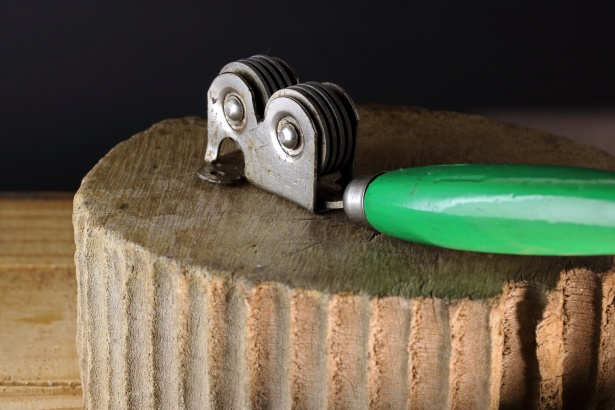
A well-sharpened knife not only makes cooking more enjoyable but also enhances safety. With less force required, you’re less likely to slip and accidentally cut yourself. Additionally, a sharp knife allows for more precise cuts, improving the texture and presentation of your dishes.
A knife sharpener is more than just a tool—it’s a key component in maintaining a well-organized, efficient kitchen. By investing a few minutes in regular sharpening, you can preserve your knives for years, making each meal prep a breeze.
Conclusion: The Timeless Value of a Knife Sharpener in Every Kitchen
In the world of kitchen gadgets, the knife sharpener may not get the attention it deserves, but it remains a staple for a reason. Whether you’re slicing vegetables, dicing meat, or preparing a delicate garnish, a sharp knife can make all the difference. With the right sharpener, you can keep your blades in pristine condition, ready for whatever culinary challenge you tackle next.
So, next time you find yourself with a dull knife, take a moment to appreciate the simple, effective tool that has been a part of kitchens for generations. The humble knife sharpener might just be the unsung hero that takes your cooking to new heights.
